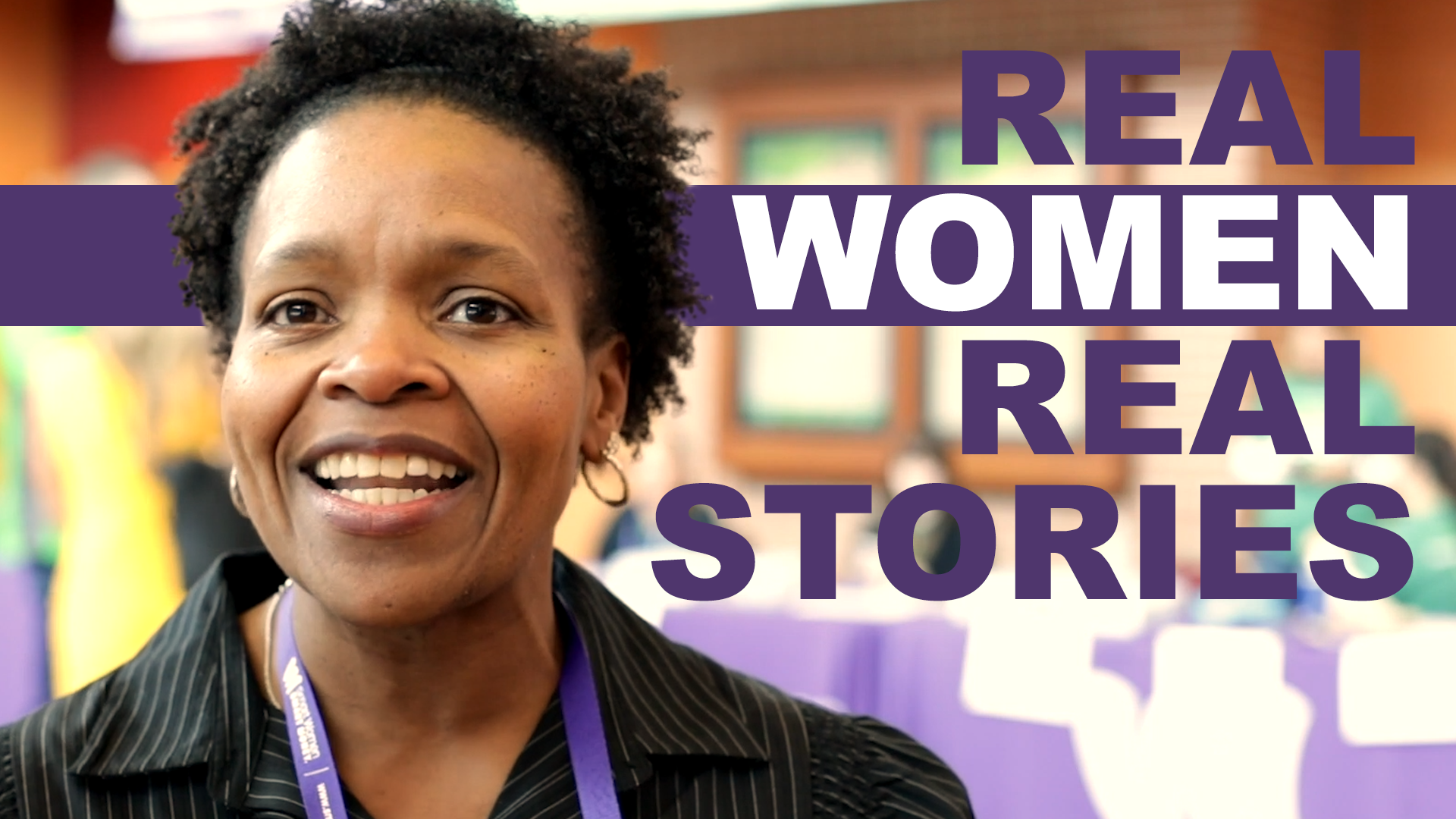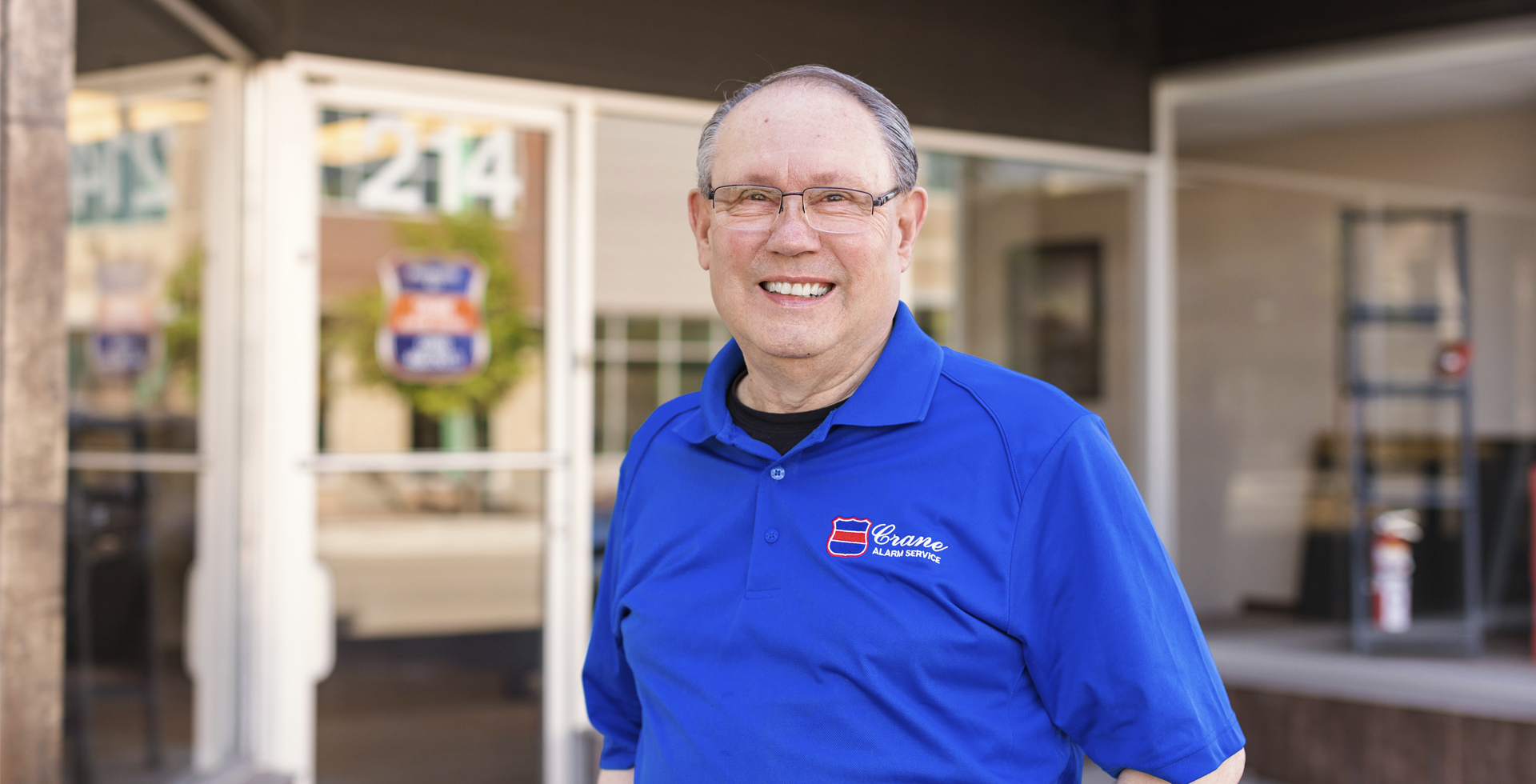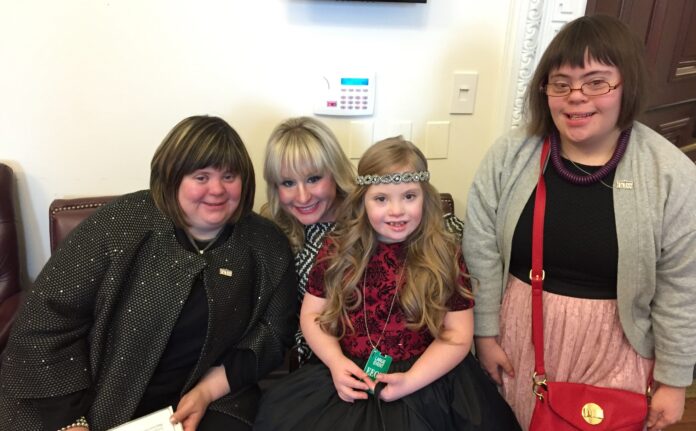
By Sarah Wall
Saving money is a favorite topic here at Smart Women, Smart Money Magazine. Whether it’s putting away a portion of every paycheck or building up assets in a 401(k), saving is one of the most important things we can do to set ourselves up for long-term financial success.
But until 2014, for individuals with disabilities, saving more than $2,000 actually resulted in loss: the loss of state and federal benefits these individuals need, like health insurance and social security. These overwhelming disincentives to saving money created immense financial challenges for individuals with disabilities – and deep fears about their future for their families.
That was a problem Sara Hart Weir, the former President & CEO of the National Down Syndrome Society, sought to fix. “Up until the ABLE Act passed in 2014,” she explains, “people with disabilities couldn’t have more than $2,000 at any given time. Now, thanks to the legislation, people with disabilities can save their own resources beyond that $2,000 limitation into an ABLE account, without losing their benefits.”
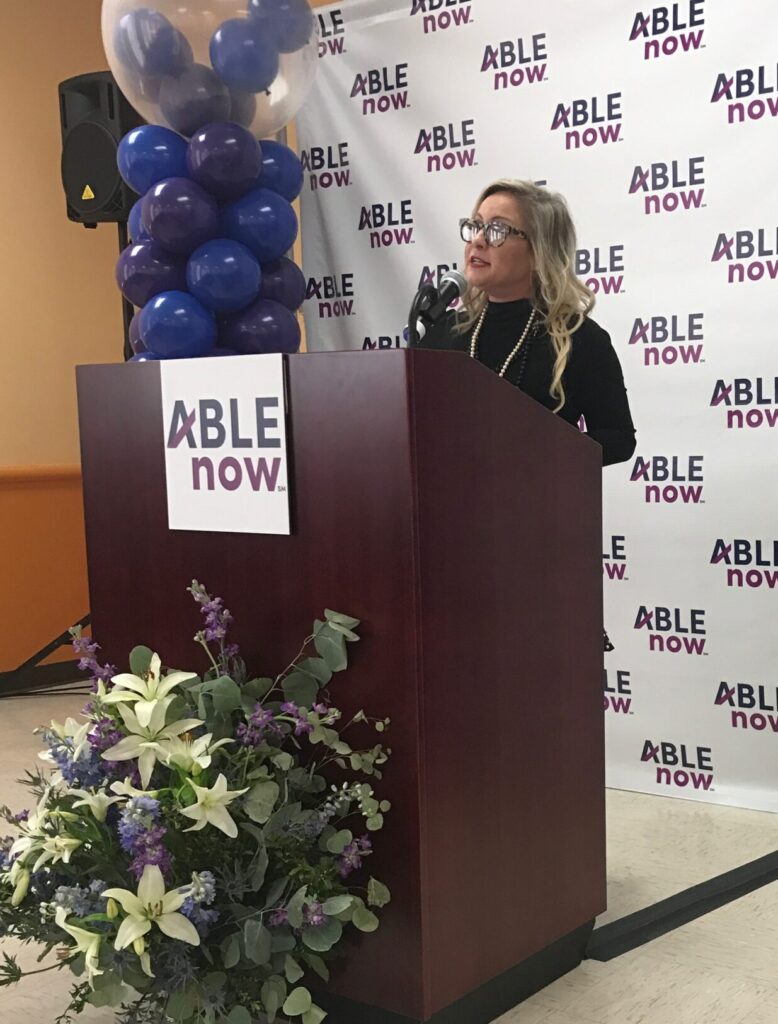
In creating these accounts, it was helpful that the infrastructure that the ABLE (“Achieving a Better Life Experience”) program utilizes was created decades ago. “The ABLE accounts essentially create a 529 tax-advantaged savings account for eligible individuals to save for expenses related to their disability,” Sara explains. “Those expenses are very, very broad – from medical expenses to post-secondary education, to job coaching, to transportation. Any expense you can relate back to the disability, you can utilize your ABLE account.”
Passing the ABLE Act through Congress, which allowed individuals with disabilities to open these accounts, took eight years of advocacy. “Ultimately, in 2014, we garnered the support of over 85% of Congress,” Sara recalls. “Bernie Sanders to Jim Jordan, and everybody in between, supported this bill.”
In the years since, ABLE has touched the lives of millions in the disability community. Patti Garbeff and her daughter, Pattie, who has Down syndrome, can attest: these accounts have transformed Pattie’s future. “When the ABLE Act when into effect, it was a godsend,” Patti says.
Like any individual with disabilities, Pattie cannot afford to lose her health insurance, her social security, or any other state and federal benefit that she receives because of her disability. Before ABLE, she and her mother had to keep a painstakingly close eye on her bank account. “I had to watch every penny,” Patti remembers. “With that $2,000 limit, Pattie was always looking at me like, ‘Oh my gosh, this is kind of stressful.’ And I would say, ‘Yeah it is. You have to be really careful.’”
Patti lost her husband to dementia eight years ago, and she’s keenly aware she won’t be around to help her daughter forever. “I used to worry about, after I’m gone, where she is going to live?” she says. “What will she eat? Is she going to be able to go and get clothing? Will she be able to go with her friends if they go out to lunch? Will she be able to afford Special Olympics?”
But Pattie’s ABLE account has provided immense relief from many of these fears and anxieties about her future. “I just think it’s the best thing that has happened to people with disabilities,” she says. “It alleviates a lot of stress in their lives, and their families’ lives, to have these accounts.”
Much of the work to ensure the ABLE program touches the lives of more people in the disability community falls to State Treasurers. After all, Congress’ ABLE Act only opened the door: it is states that implement it and manage the accounts. As some of the closest to the ABLE program, many treasurers see first-hand just how powerful its impact has been. As Kentucky Treasurer Allison Ball puts it, “ABLE accounts – we call ours STABLE Kentucky accounts – are a game-changer for people in the disability community. They’re a great way to save and invest, and they’re tax free, but they also allow you to save more money than you otherwise could.”
One challenge that many states face in implementing ABLE accounts is the relatively small pool of users, since only individuals with disabilities are eligible. To solve this challenge, some states have decided to join hands. “When I first got into office, I knew I wanted to figure out a way to make this a possibility,” Treasurer Ball recalls. “We worked with the then-treasurer of Ohio to pool our resources together and make this happen. Being able to cross state lines and pool our resources has been beneficial to everyone.”
Because of the powerful impact ABLE accounts have had so far, advocates are now looking at how they can continue to expand it. One area Congress is considering is profoundly important to Pennsylvania Treasurer Stacy Garrity. “There’s been legislation introduced at the federal level called the ABLE Age Adjustment Act,” she says. “Right now, individuals with disabilities have to have been diagnosed before the age of 26 to be eligible. This legislation would change the age of eligibility from 26 to 46, which would mean 6 million more Americans would be eligible, including 1 million veterans. Now, I’m a veteran. I know the impact this program can have on men and women whose disabilities are the result of their selfless sacrifice.”
Similar expansions to ABLE have already seen success. Early on, Sara and the National Down Syndrome Society successfully advocated in Congress for small changes that opened even more doors for individuals with disabilities, one of which is called the ABLE to Work Act. “We passed the ABLE to Work Act to allow an individual with a disability who’s working to put their own paycheck into an ABLE account,” Sara explains. “Now, we’re starting to use ABLE as a way to incentivize employment for people with disabilities.”

The ABLE to Work Act has been tremendously important to both Patti and her daughter. “Pattie works two days a week from 4 PM to 7 PM at the Hen House, a large grocery store here in Kansas City,” Patti describes. “Her paycheck goes directly into her ABLE account. When I’m gone, she will have that money for her future, and it is such a relief – I can’t begin to tell you.”
Patti and Pattie have just one story of millions across the country: after only five years since the very first ABLE account was opened, millions of lives have been touched by the program. With the profound relief it brings for families, it’s clear ABLE is only going up from here. “With the ABLE account, there is new life,” Patti says sincerely. “There really is.”
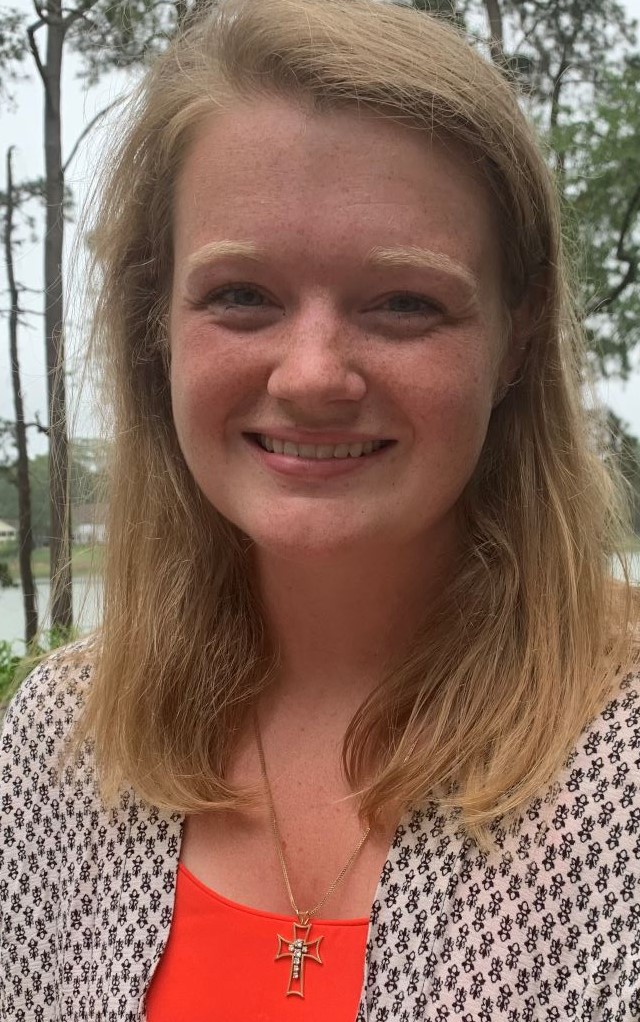
Sarah Wall is a contributing writer for Smart Women Smart Money Magazine. For questions or comments email staff@smartwomensmartmoney.com.





